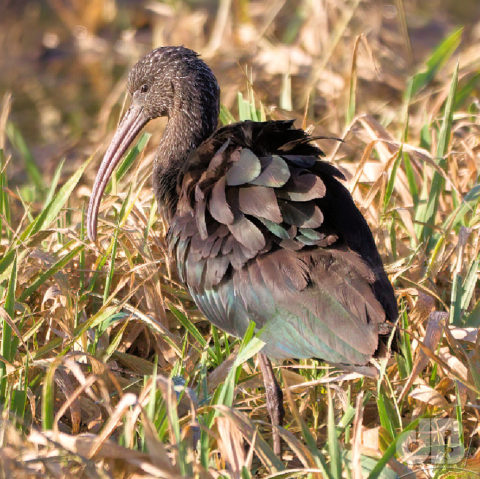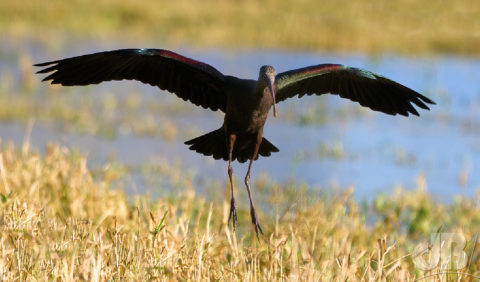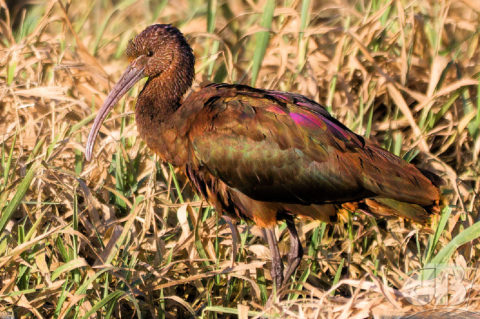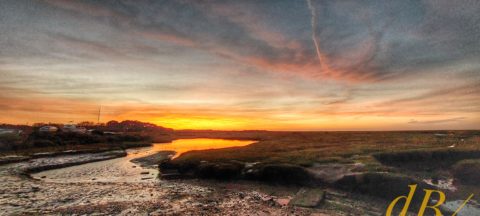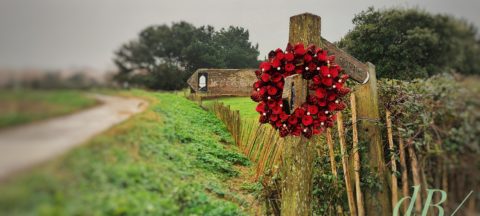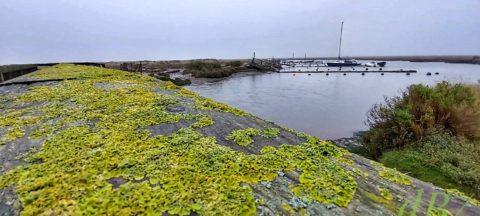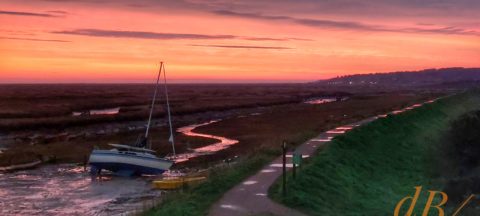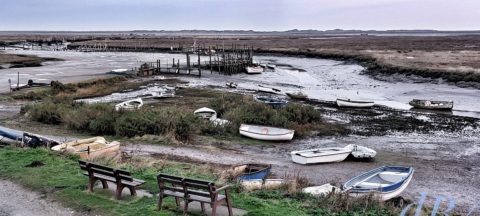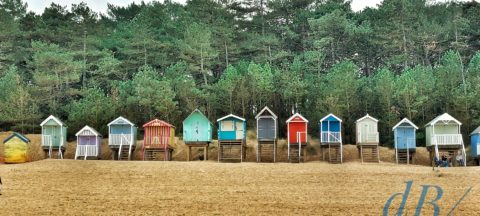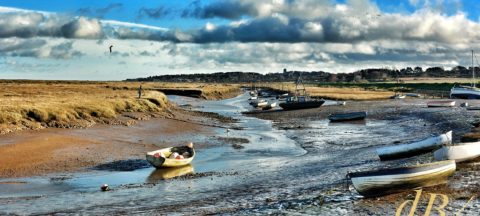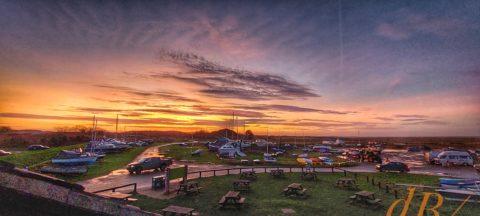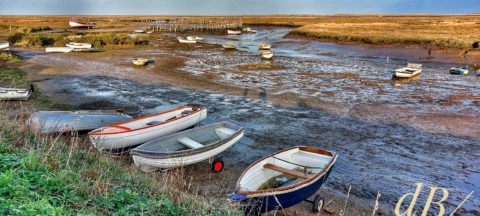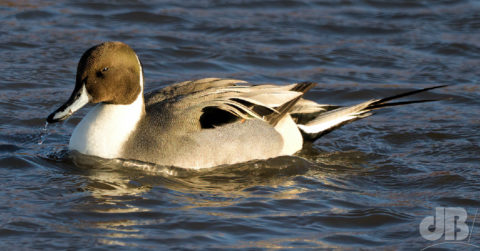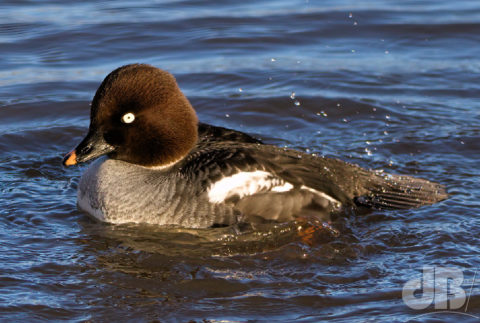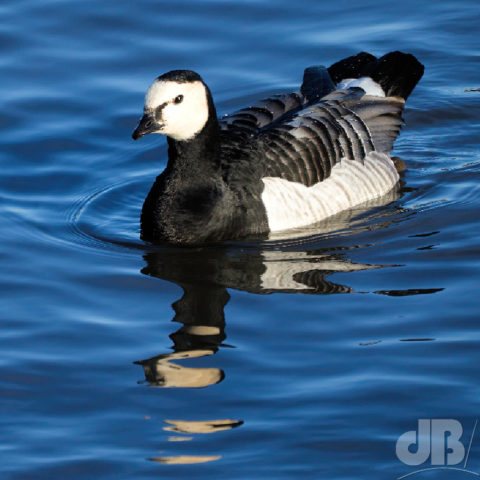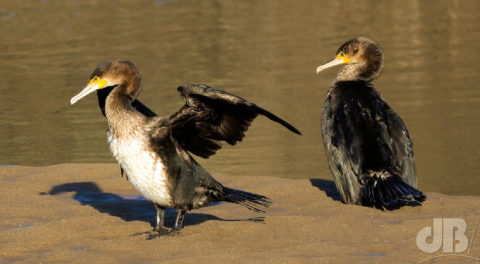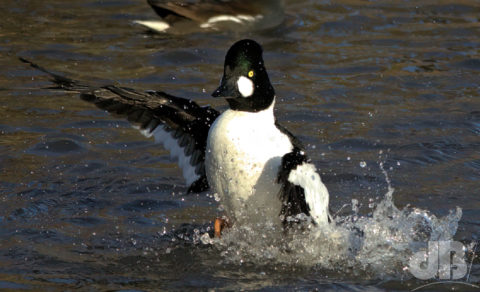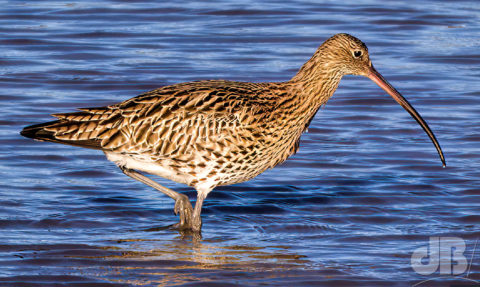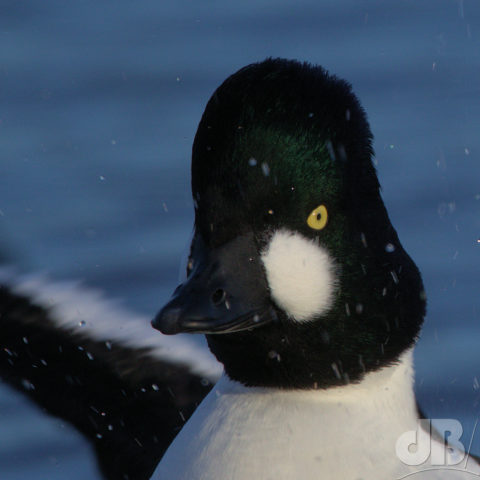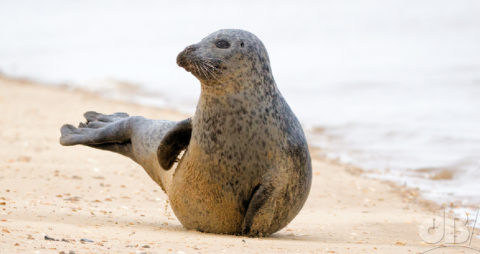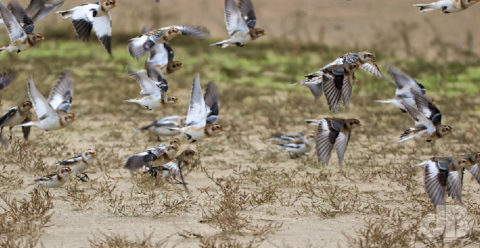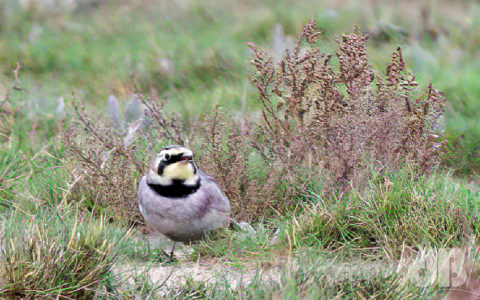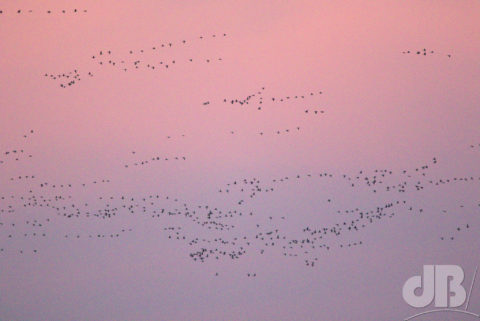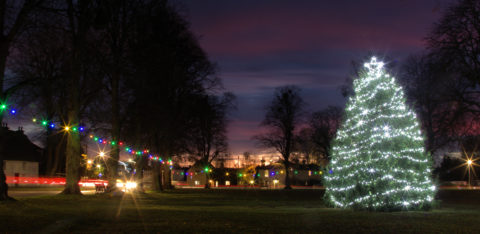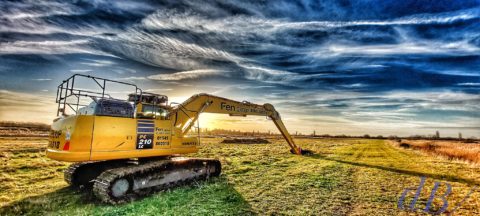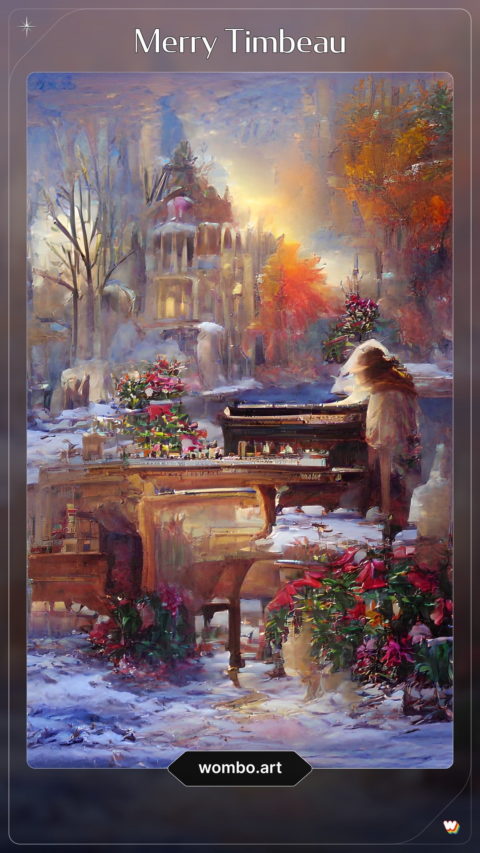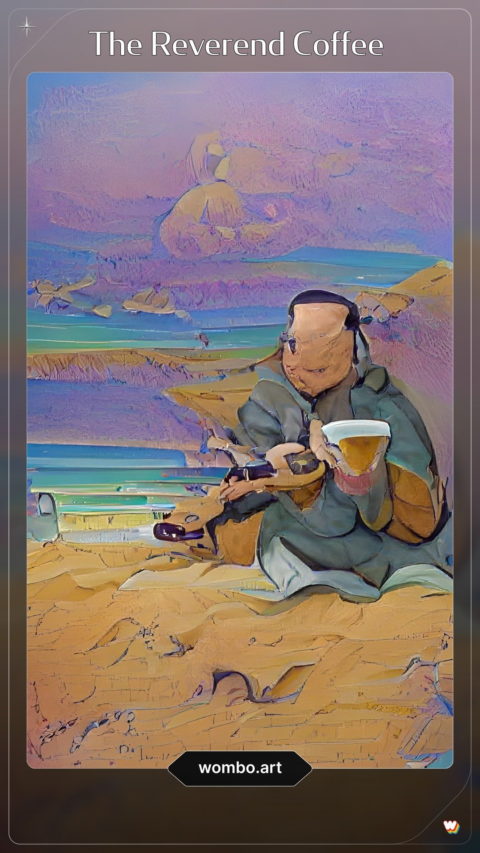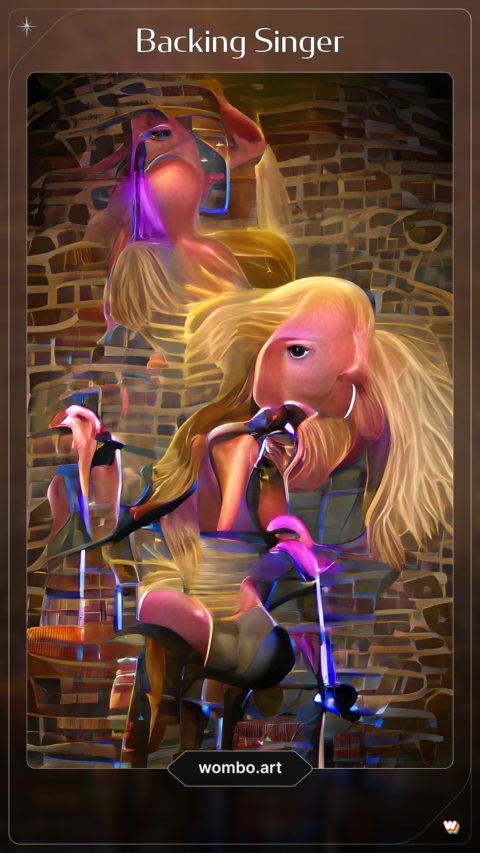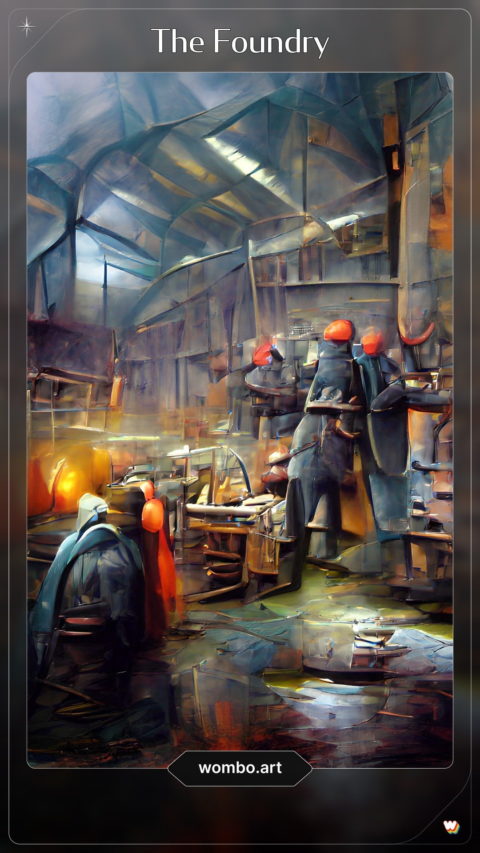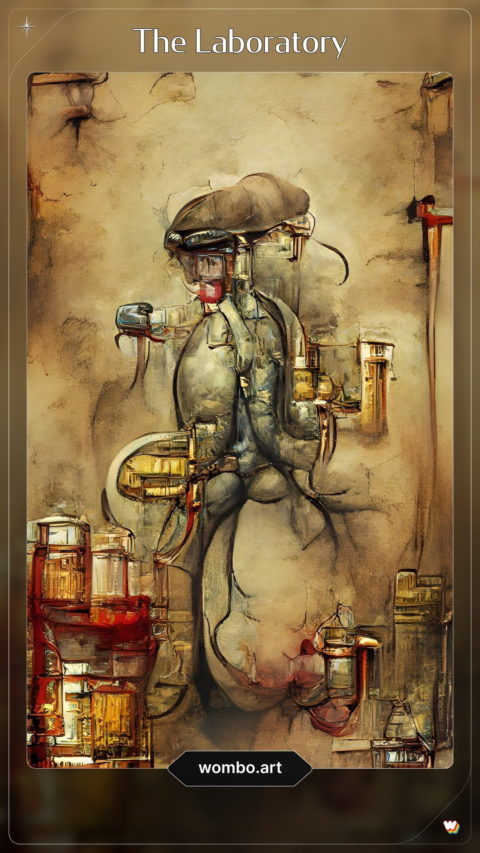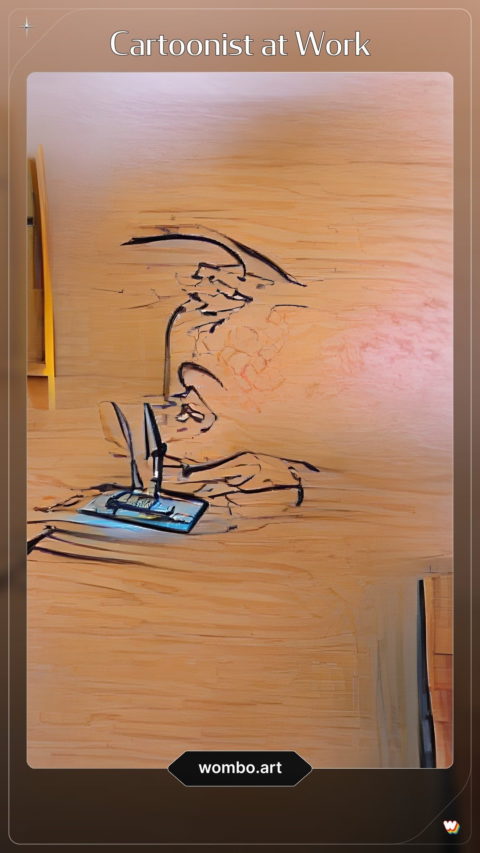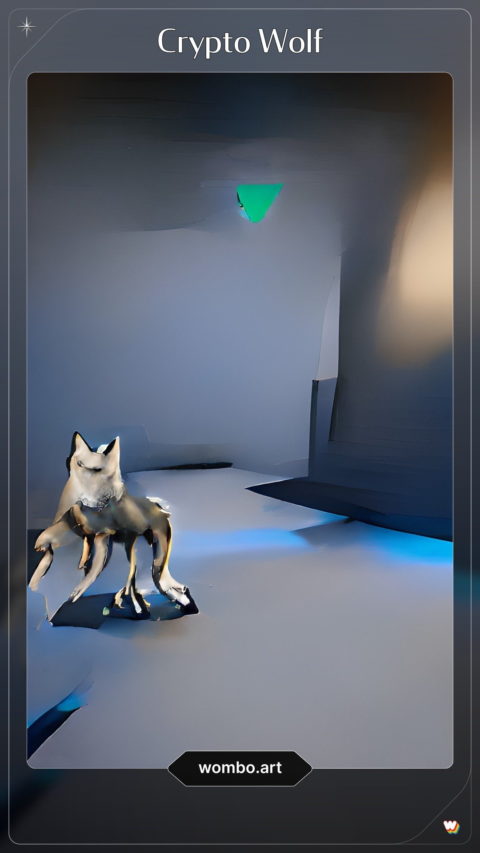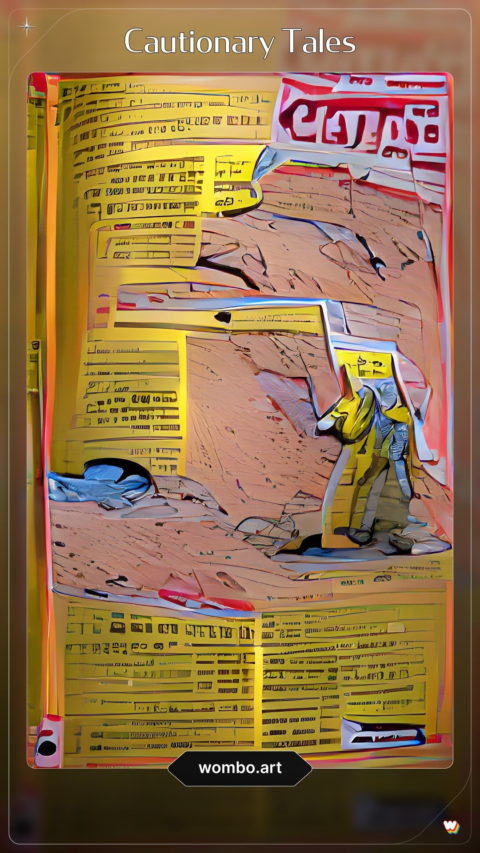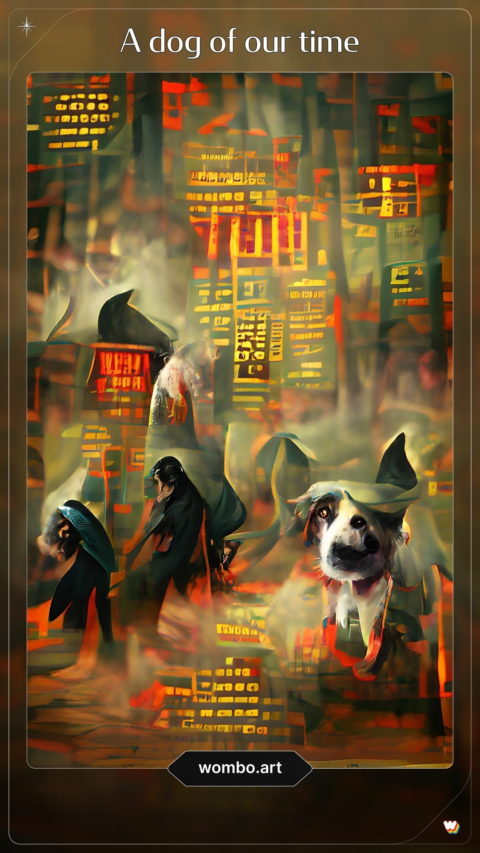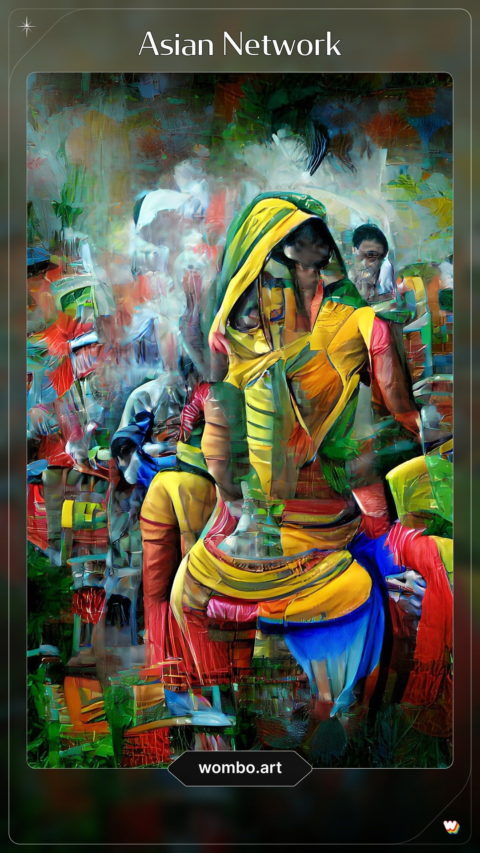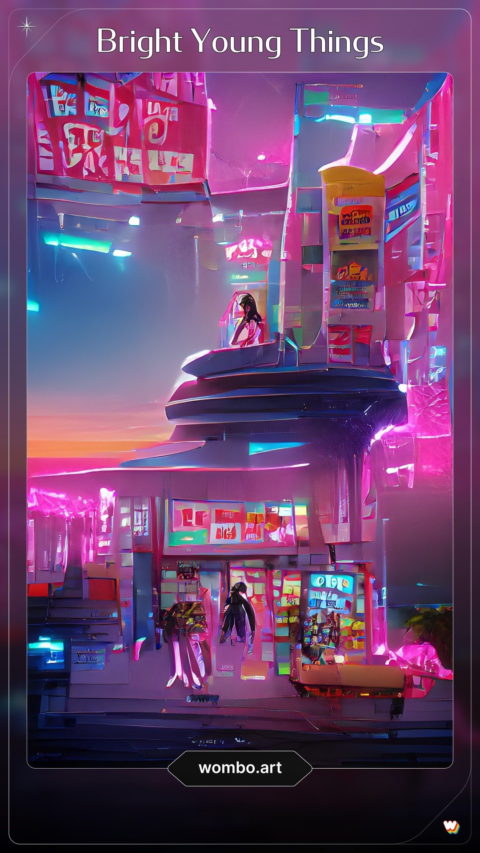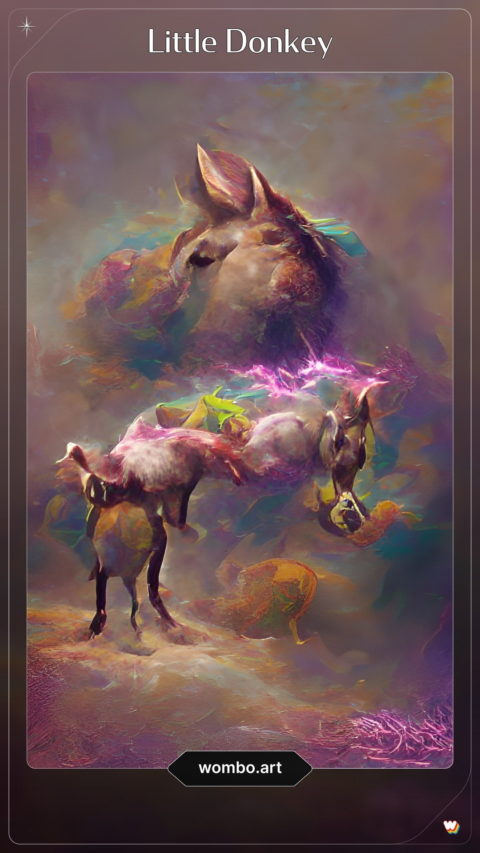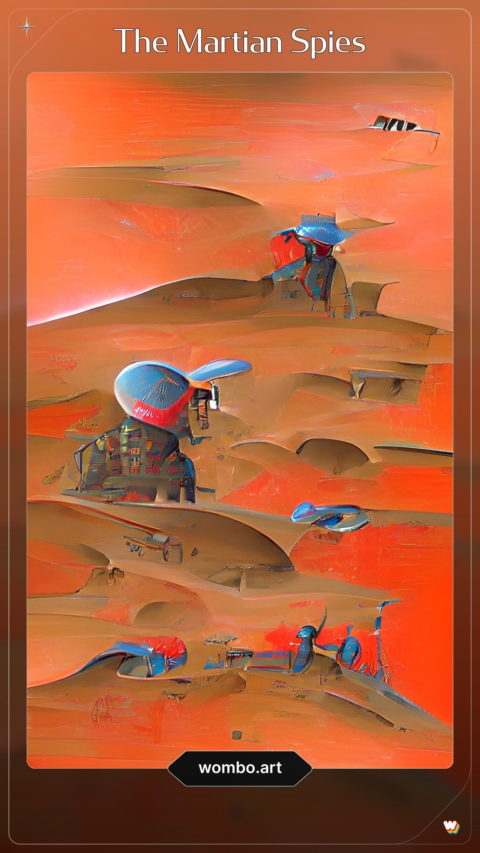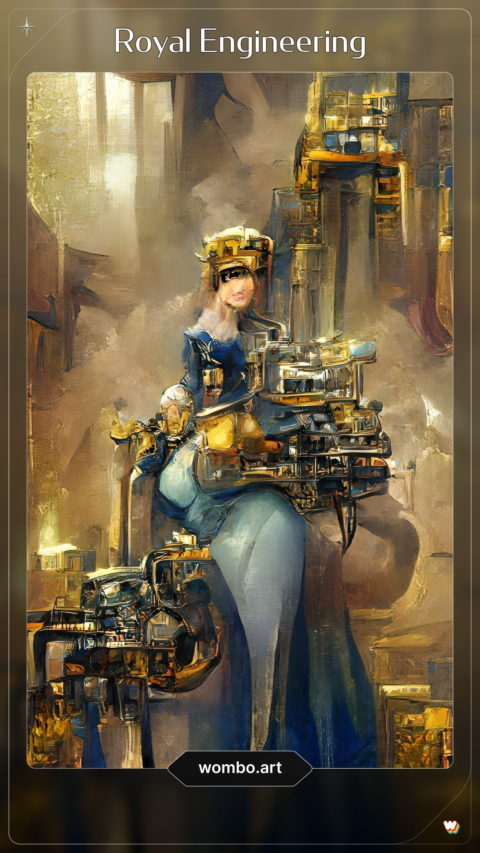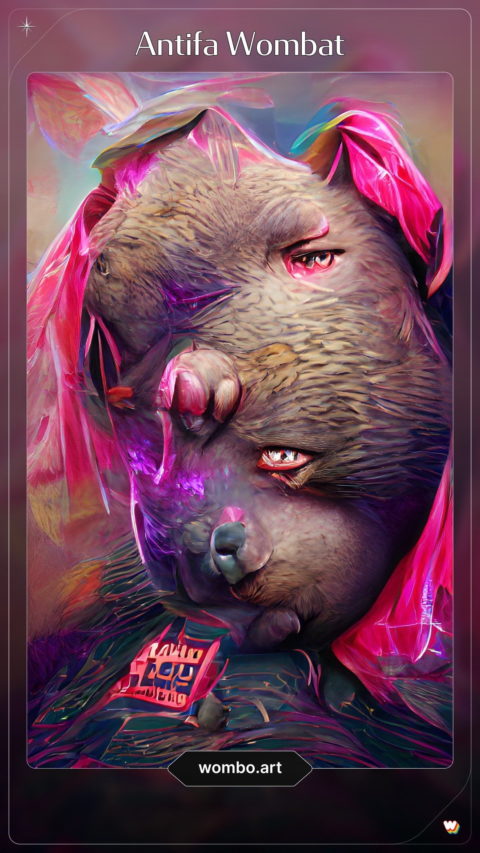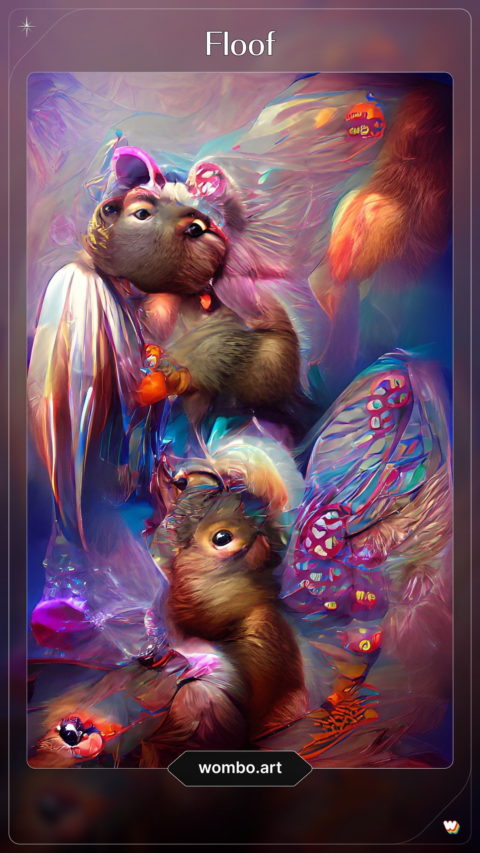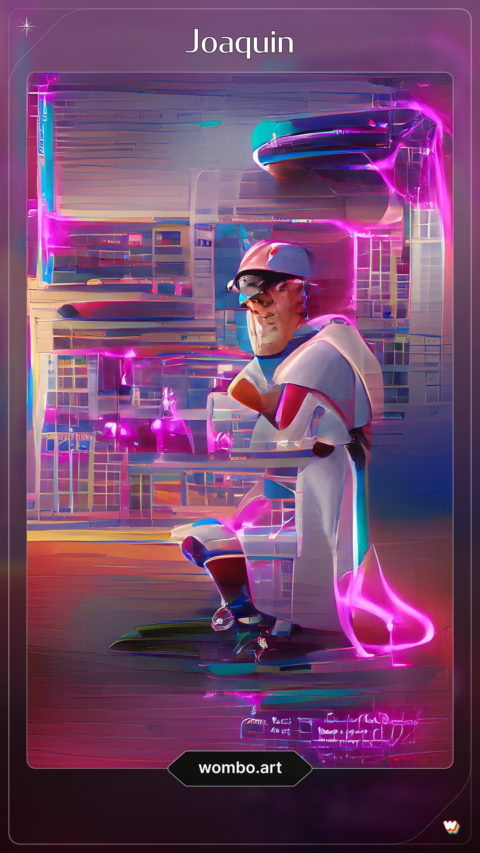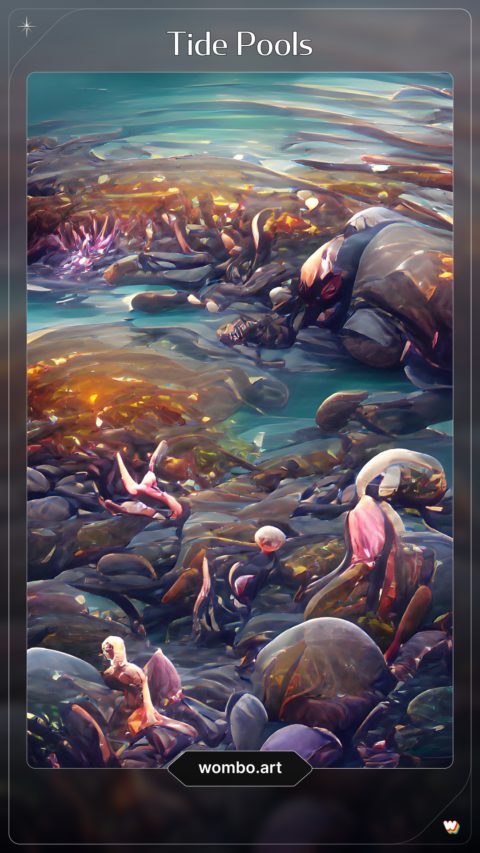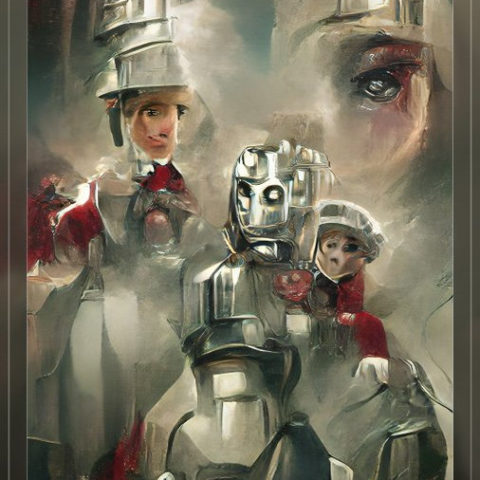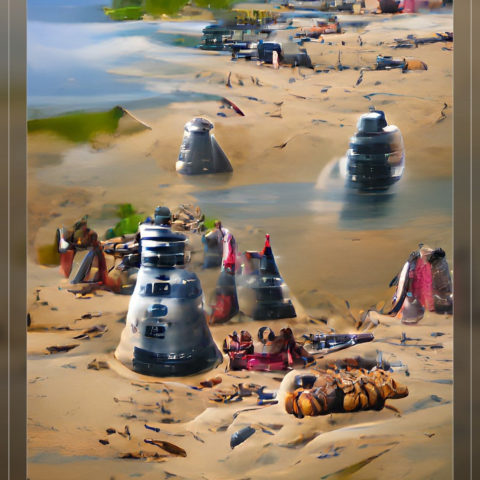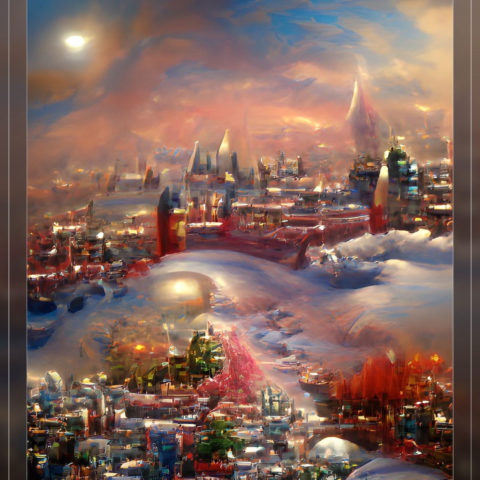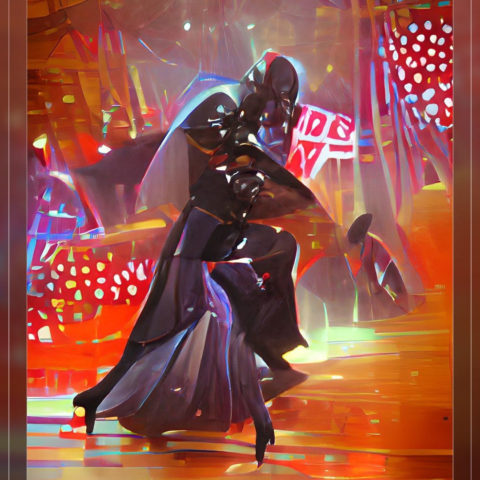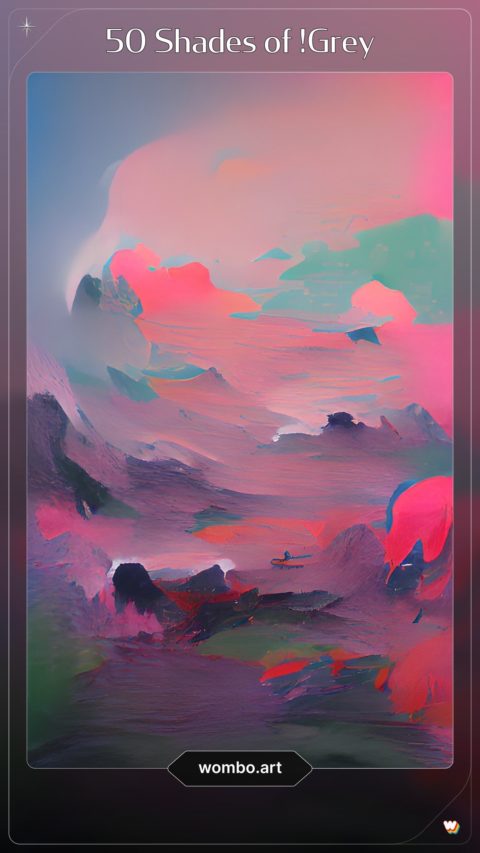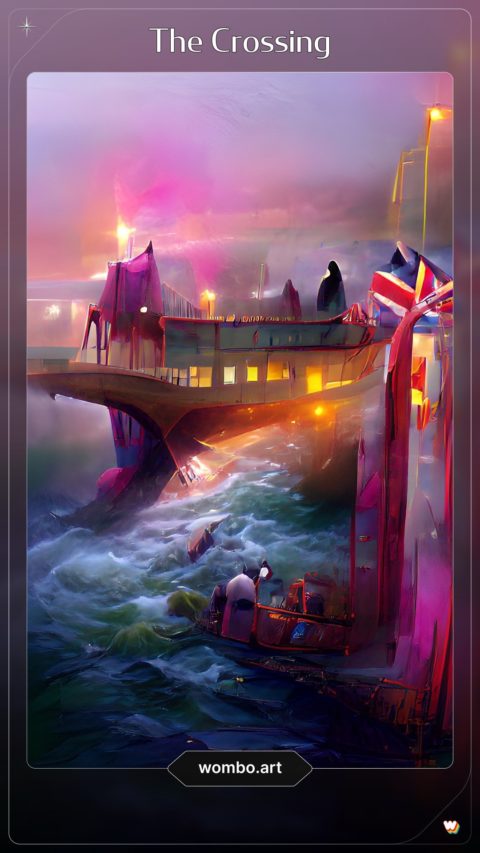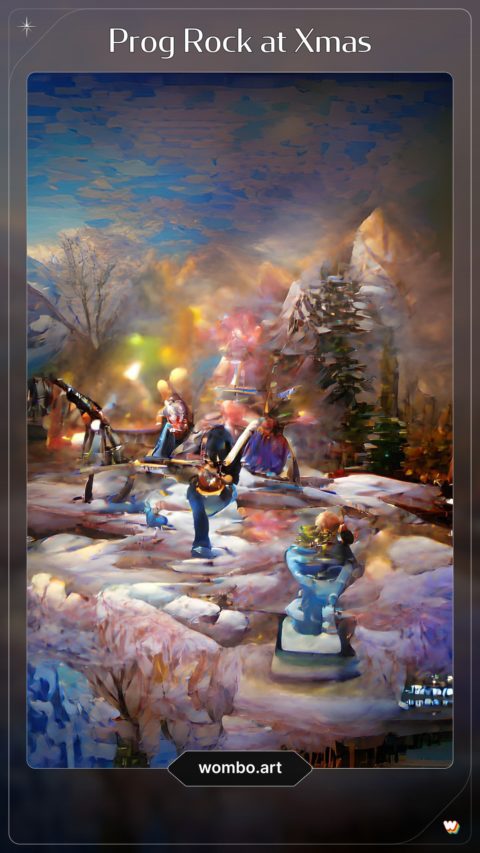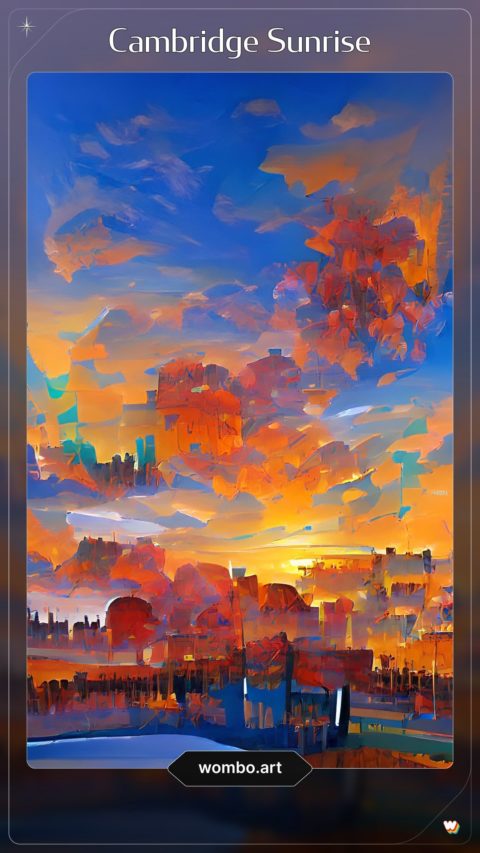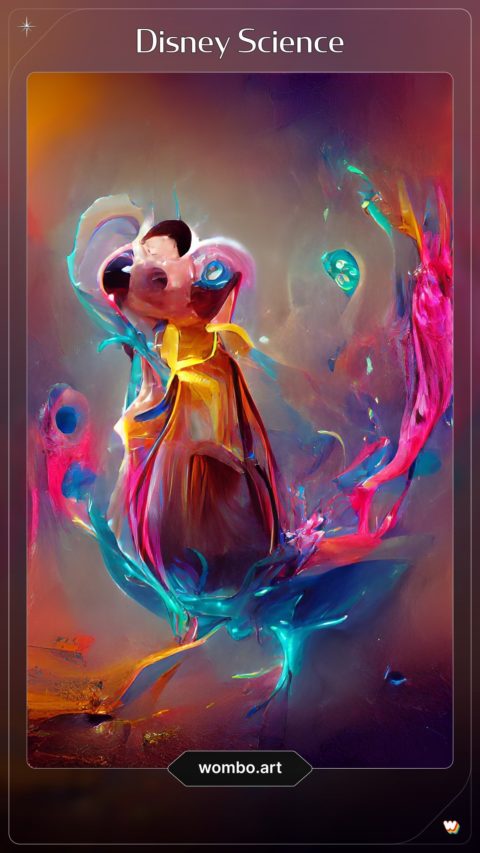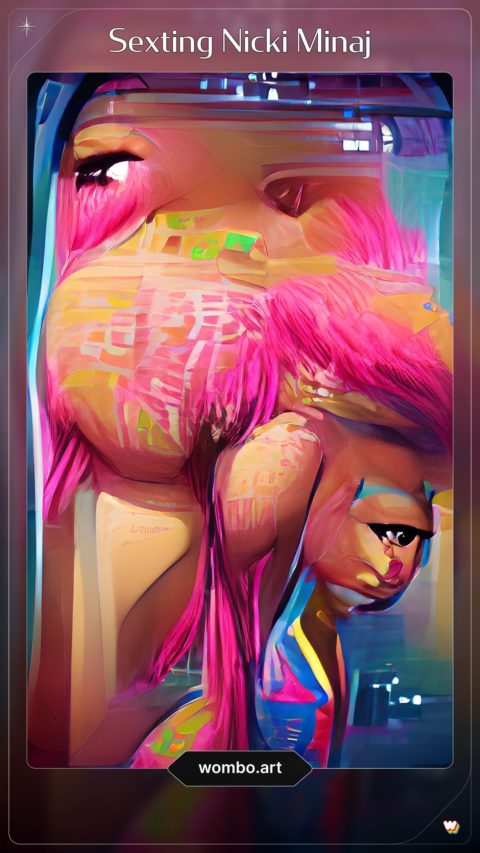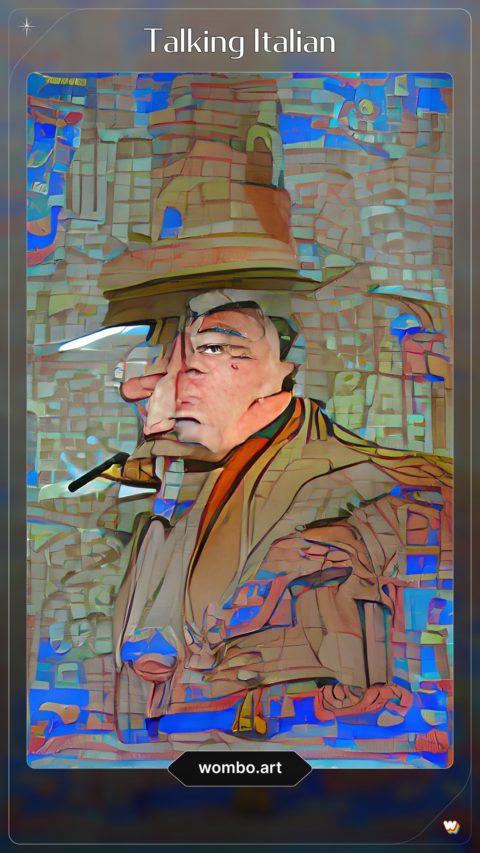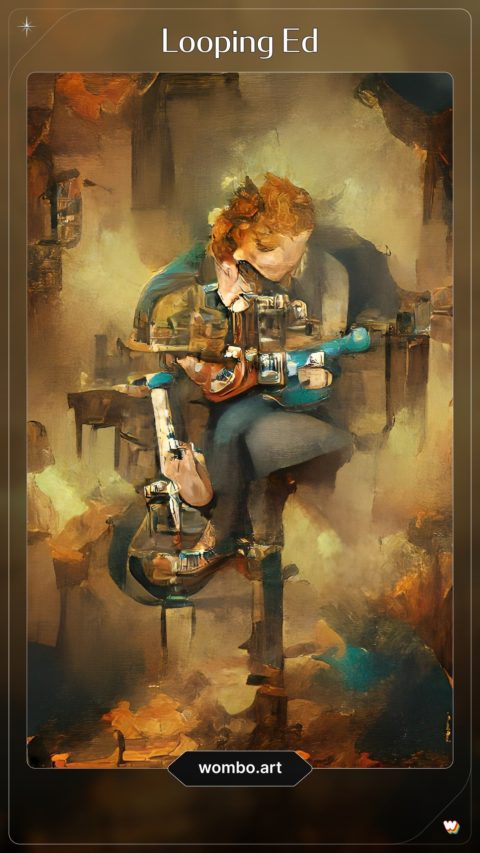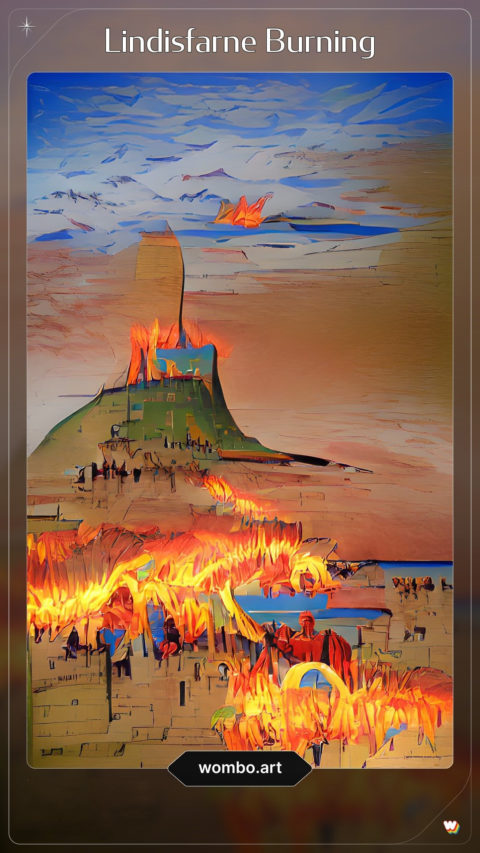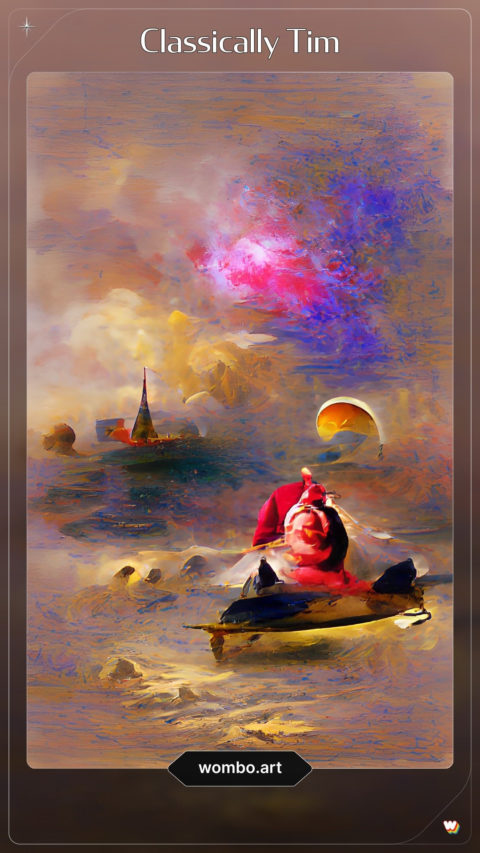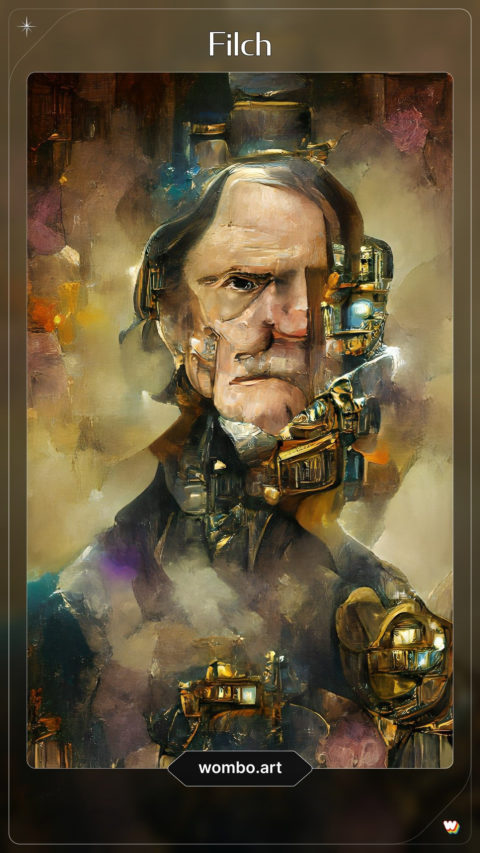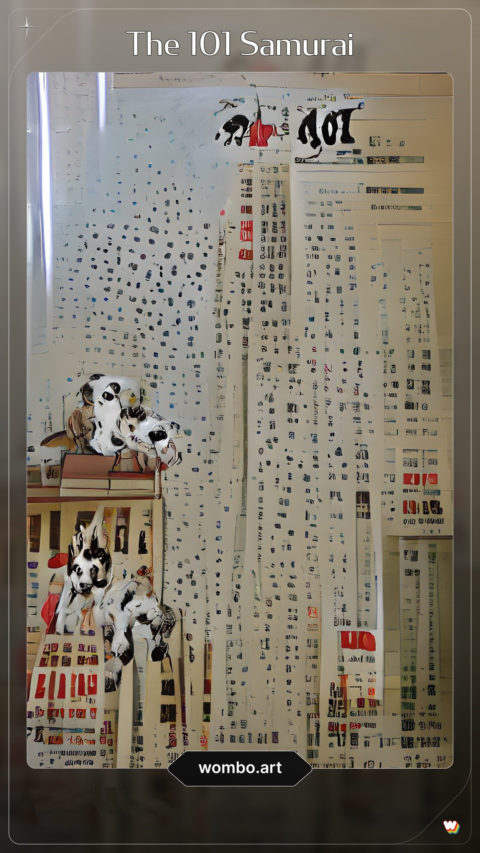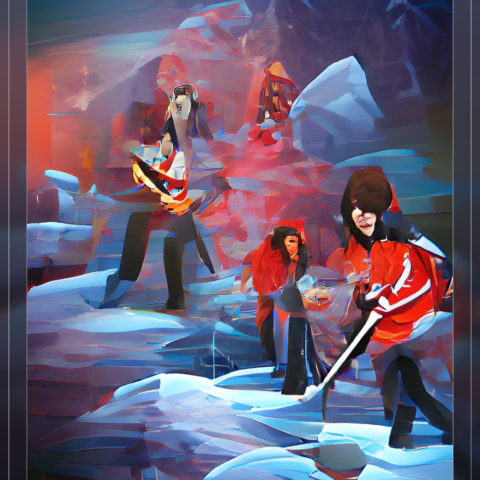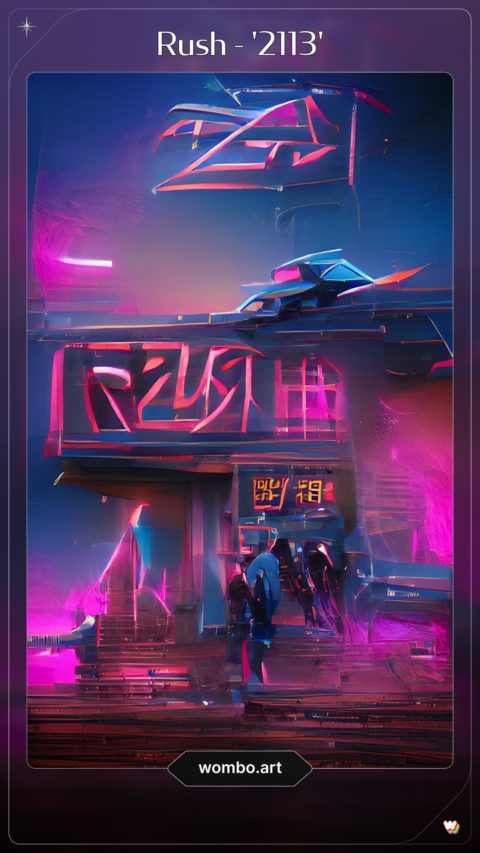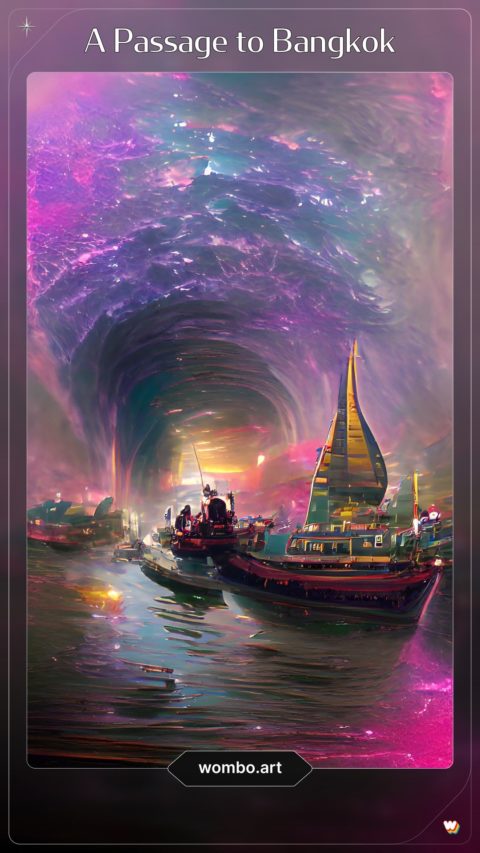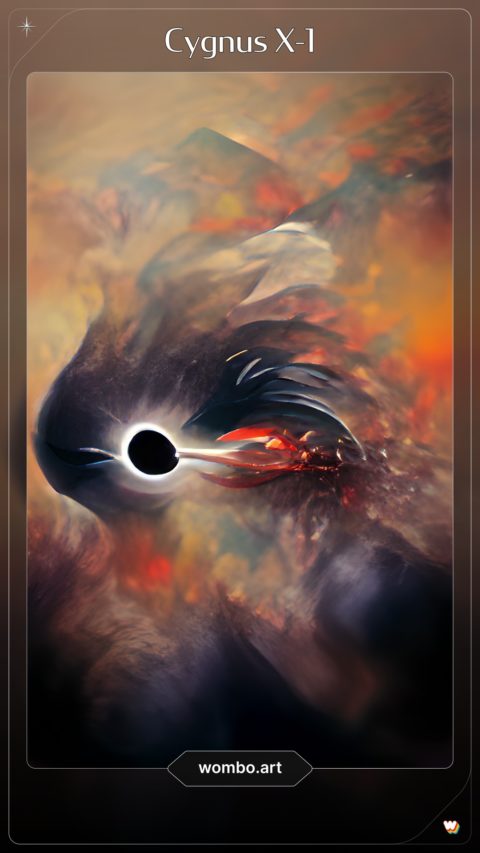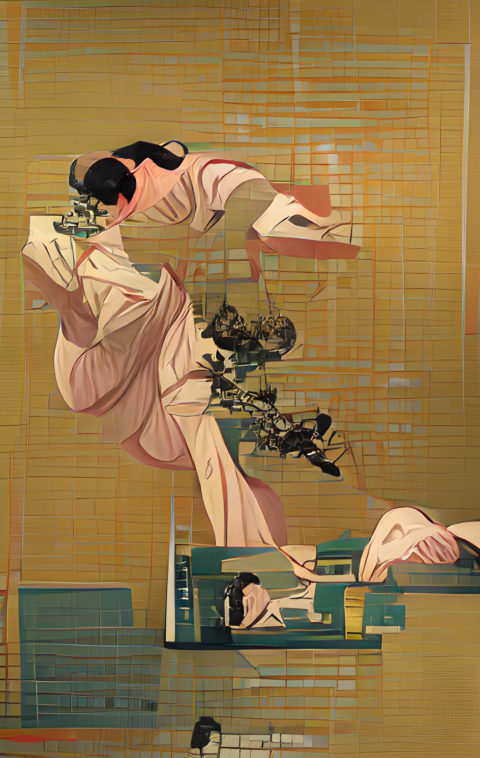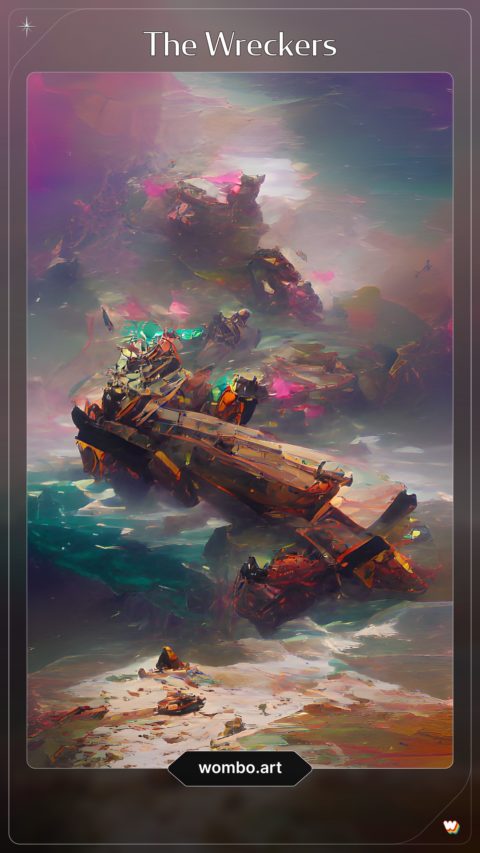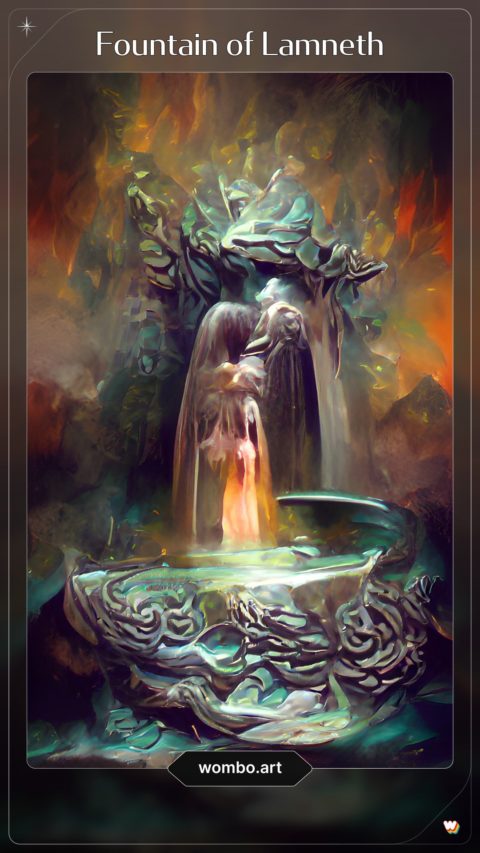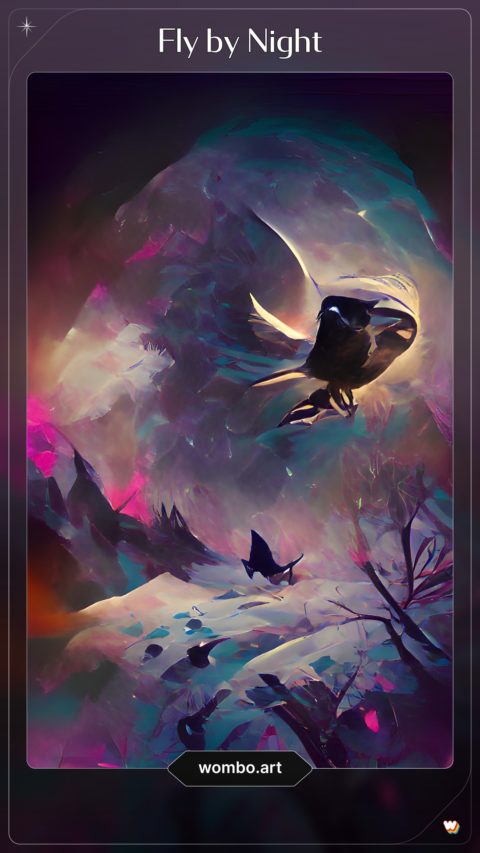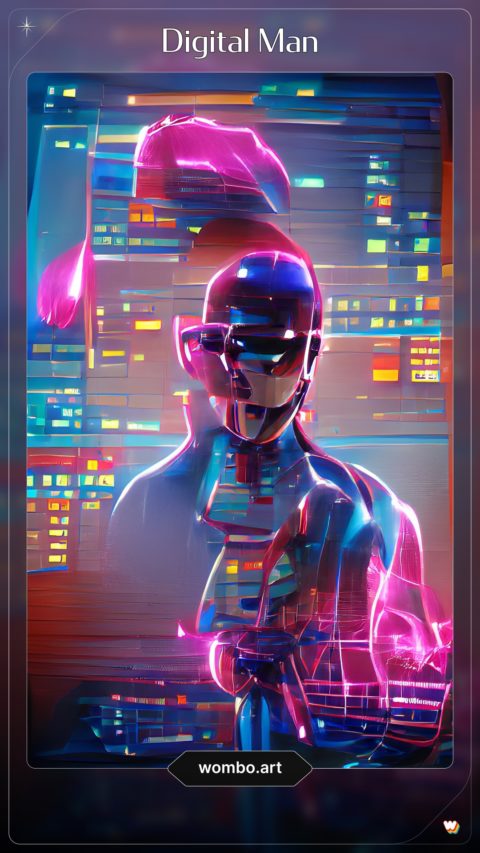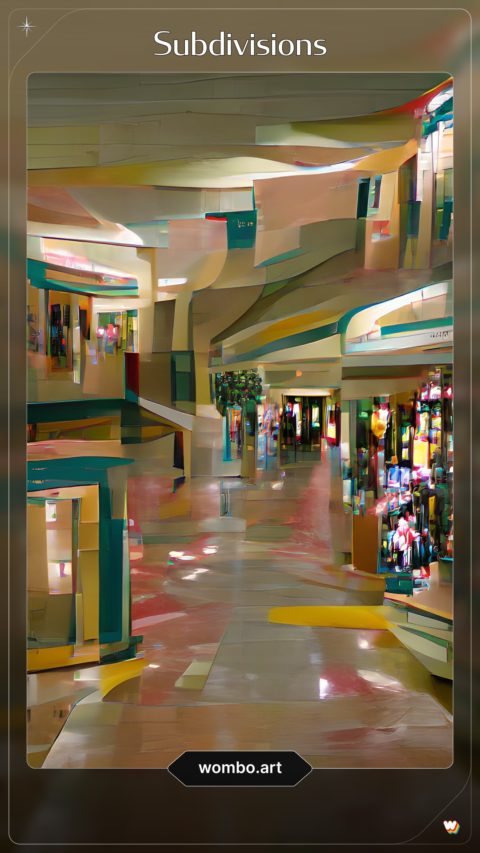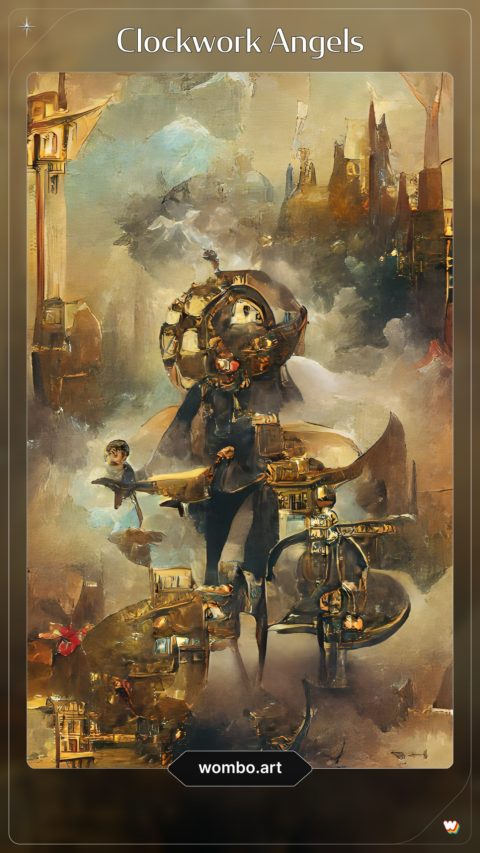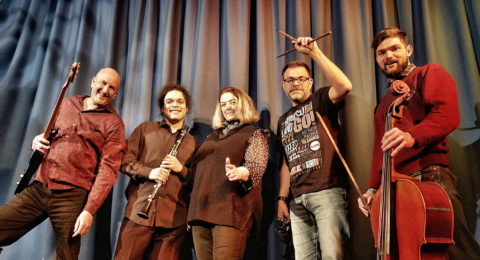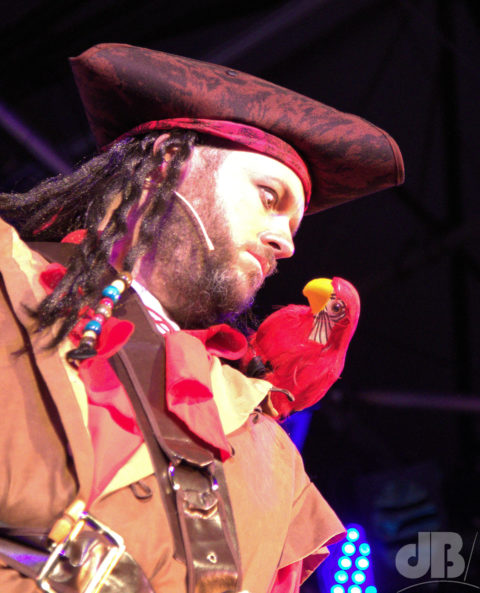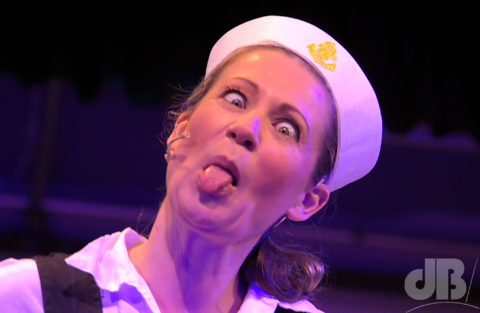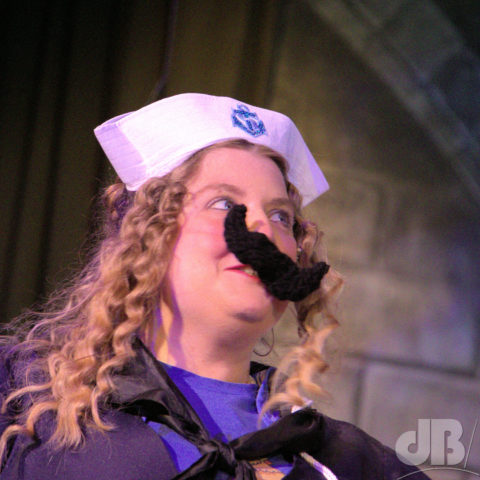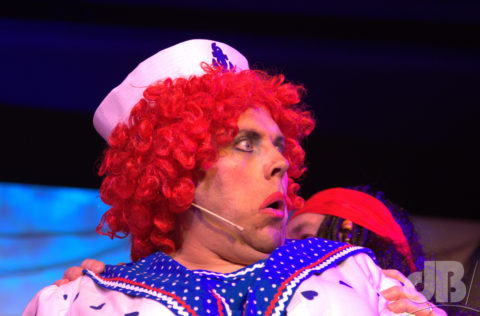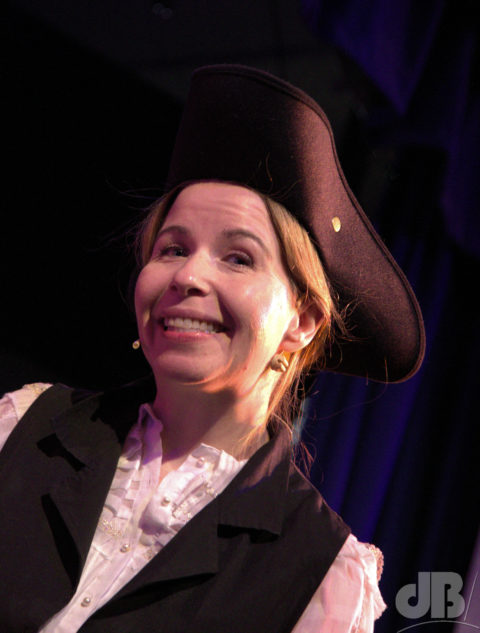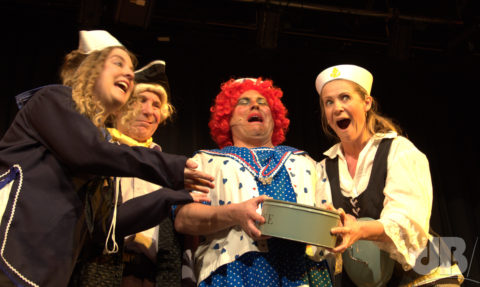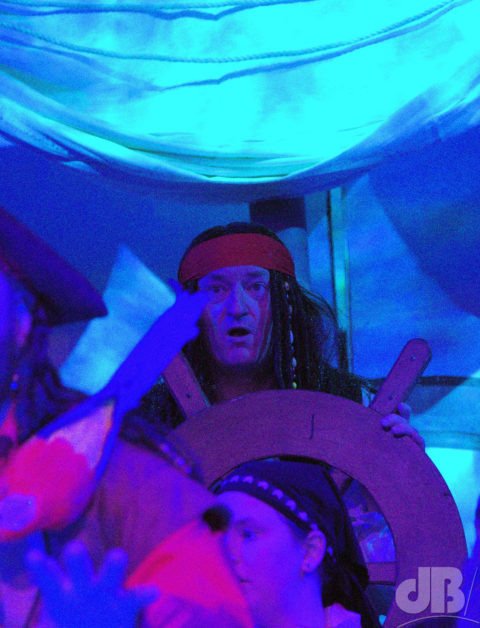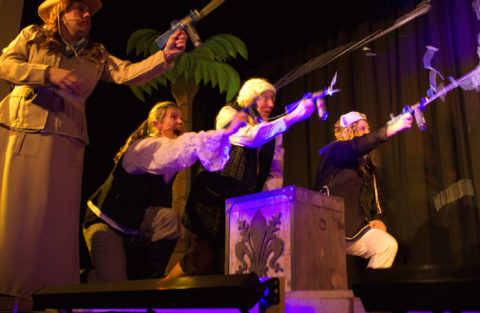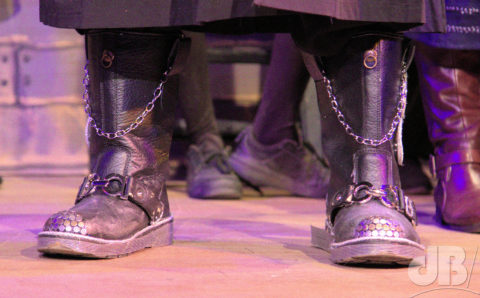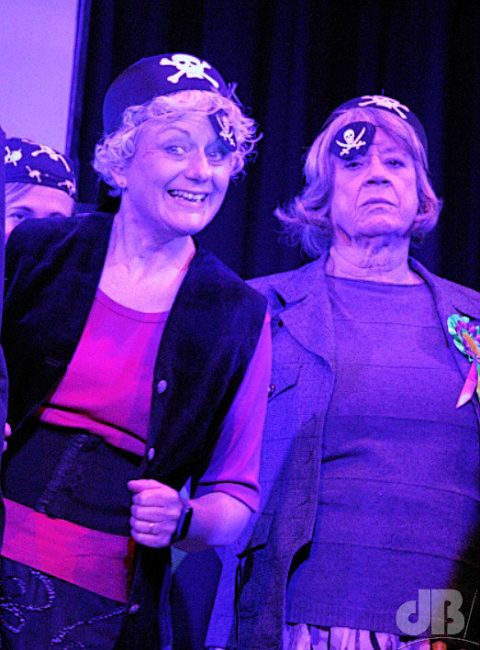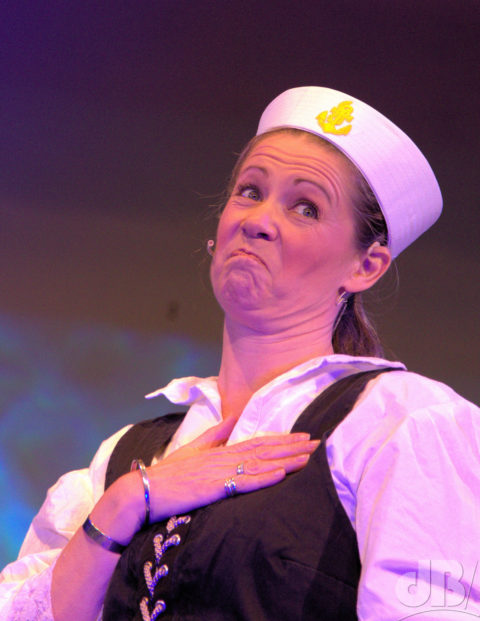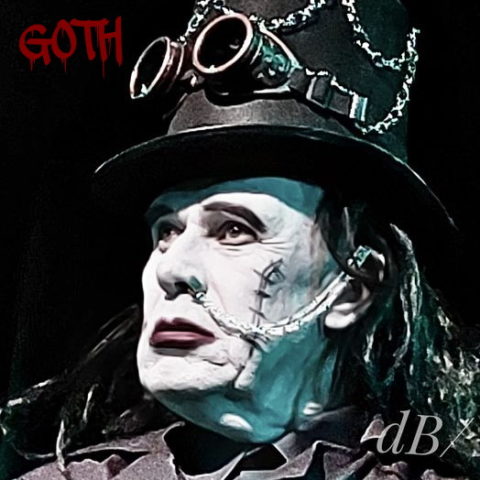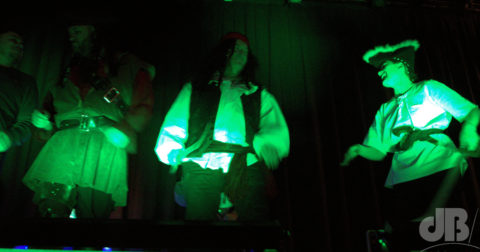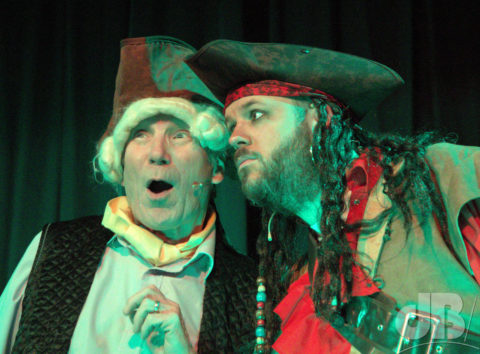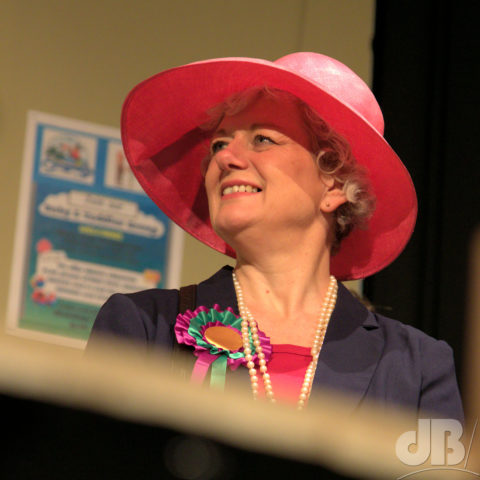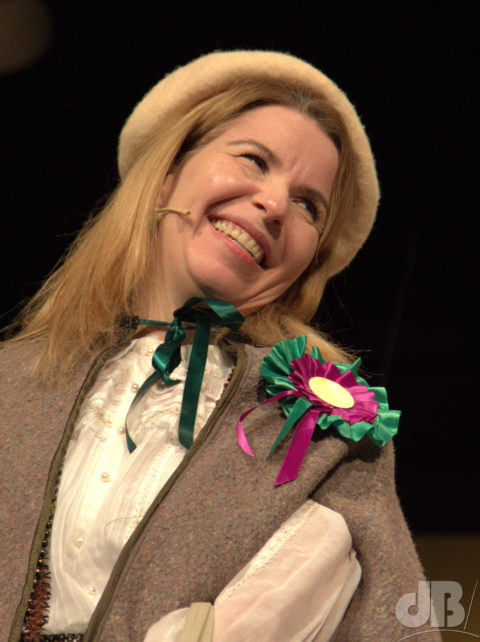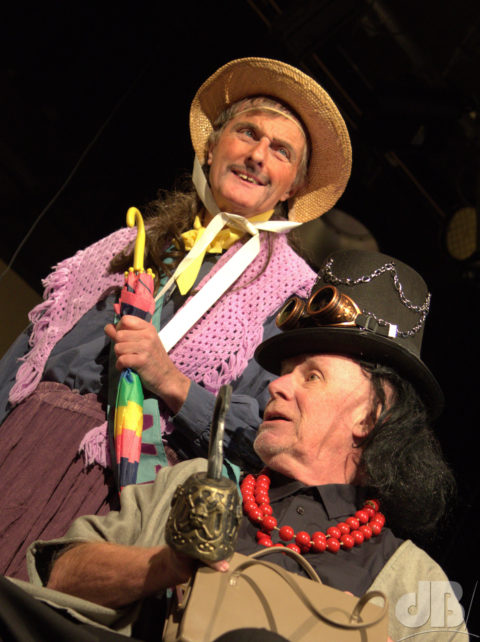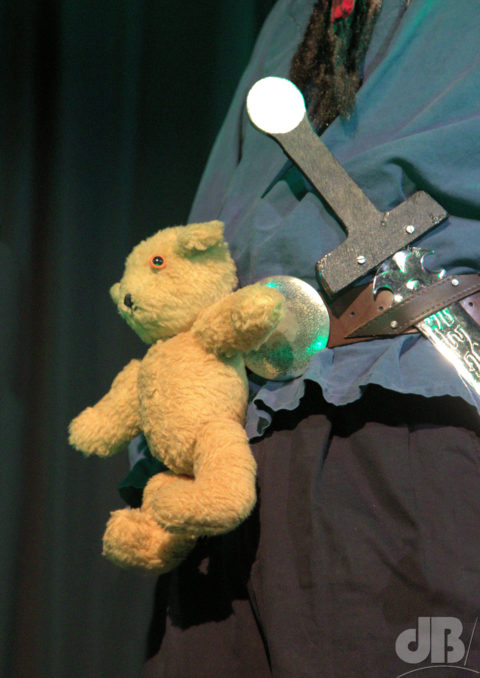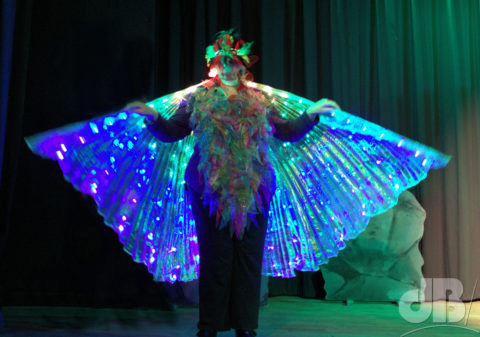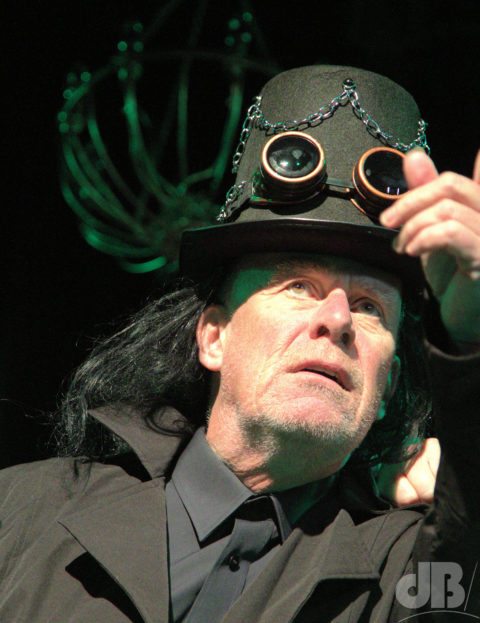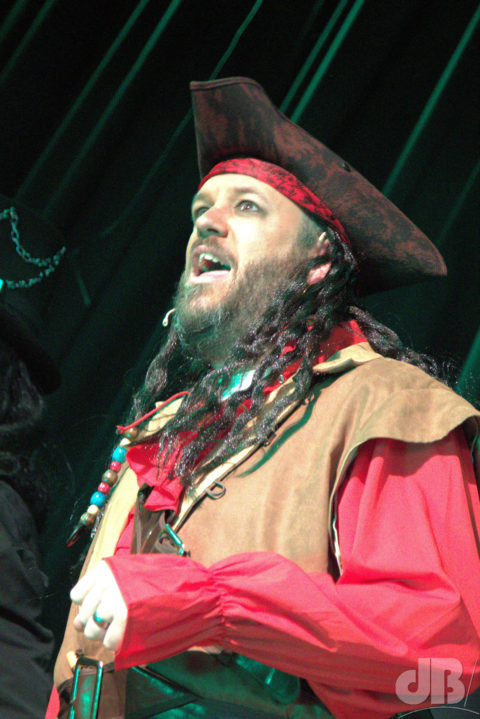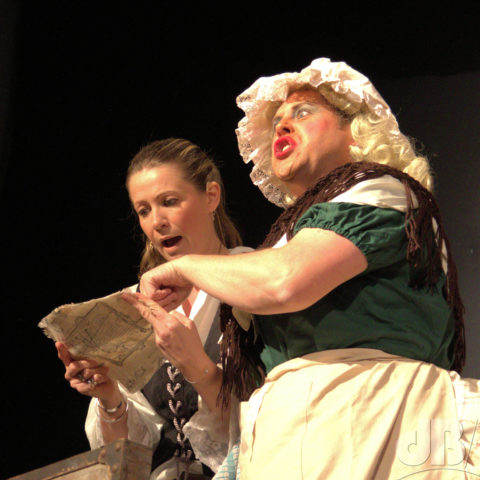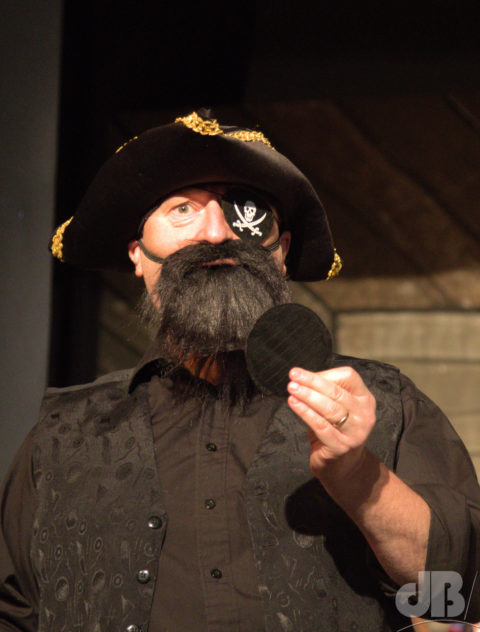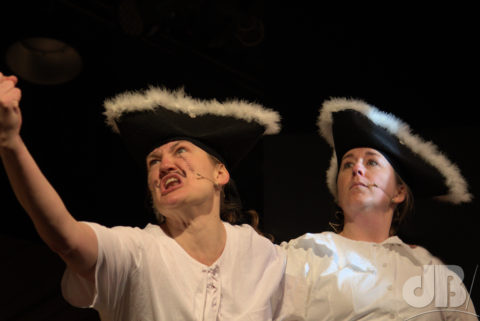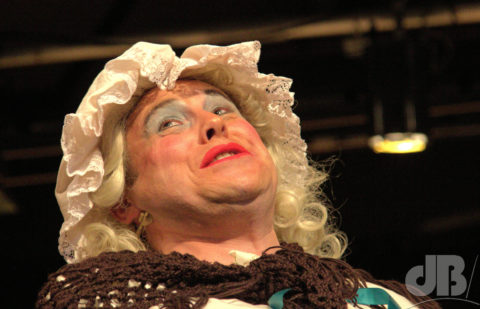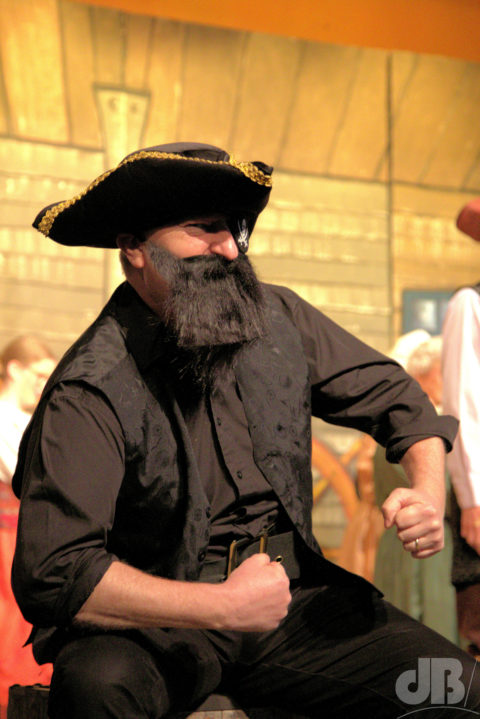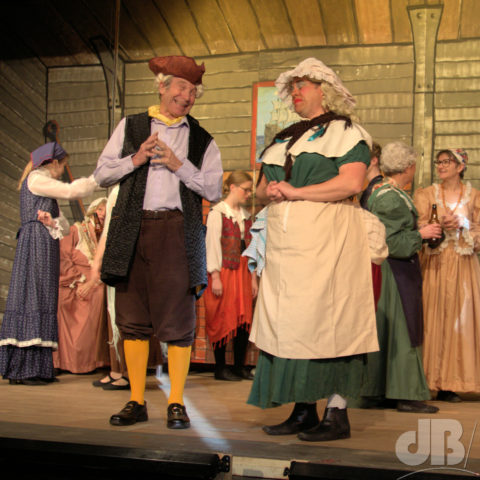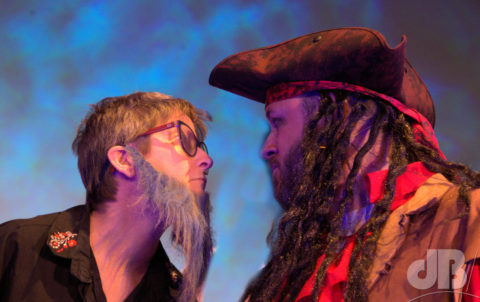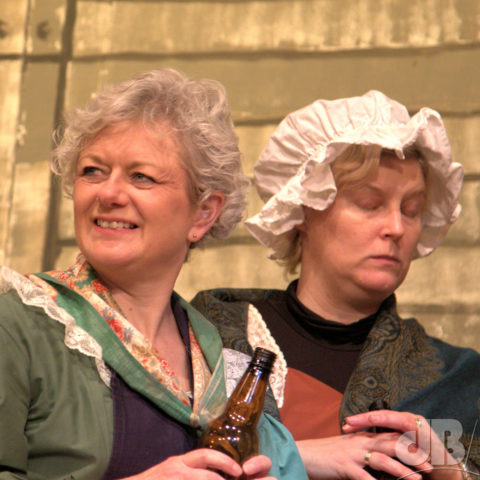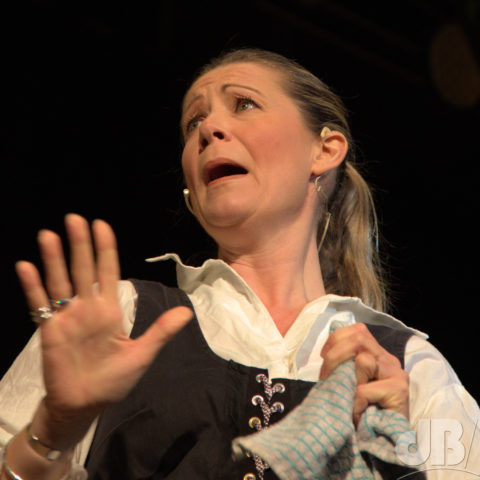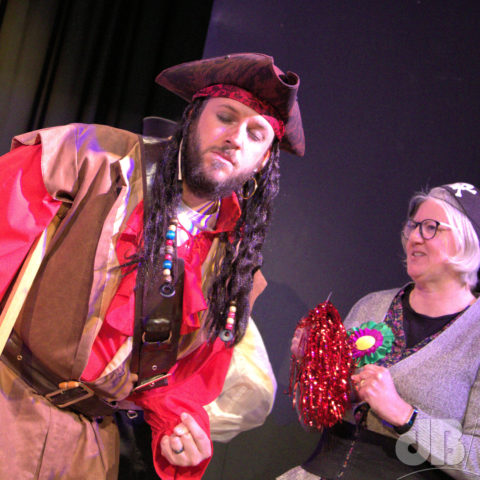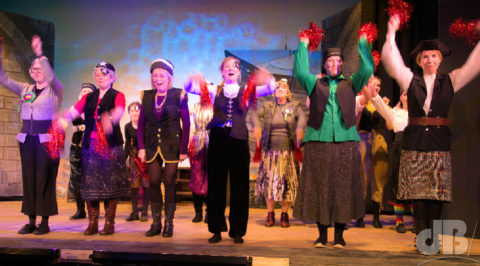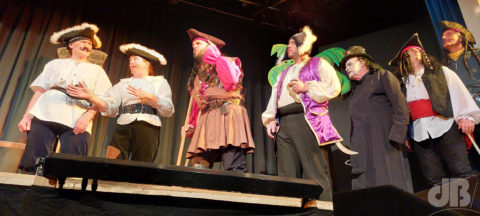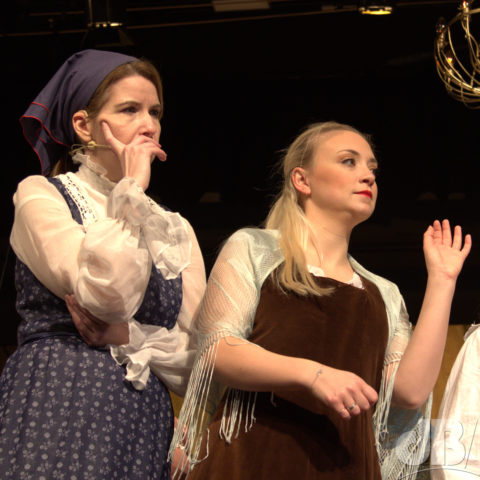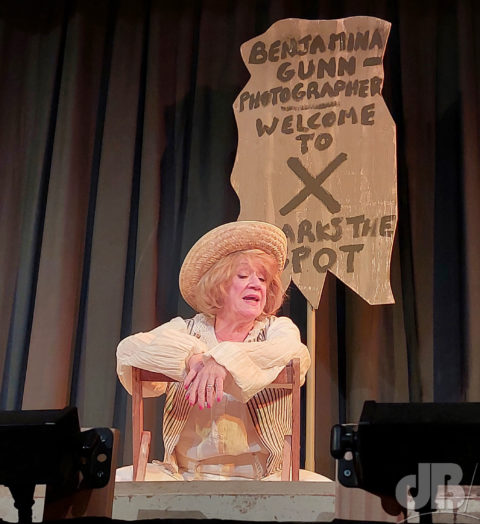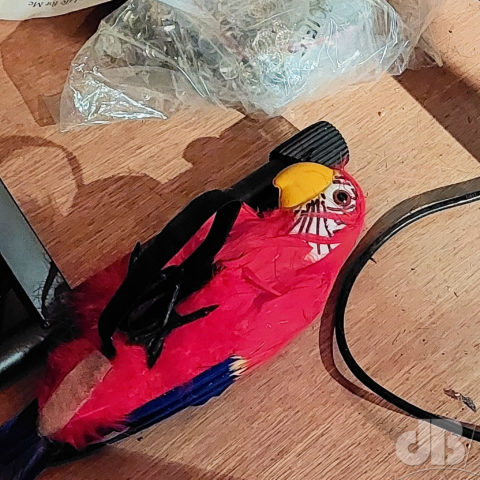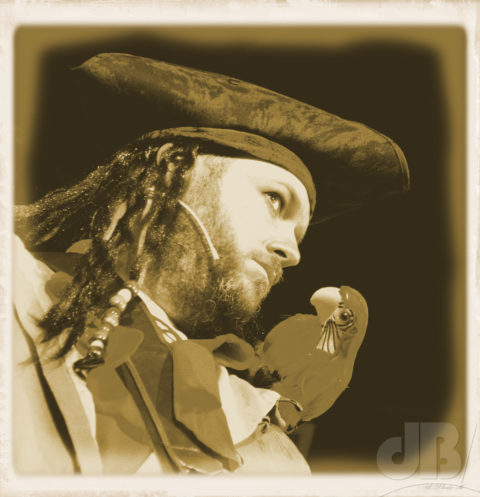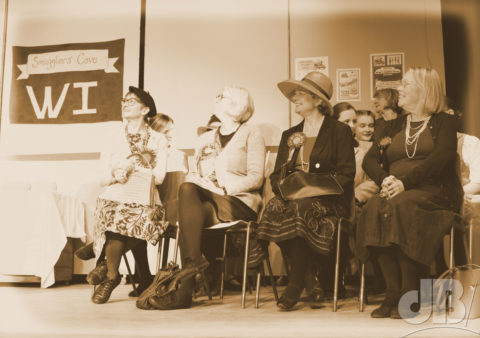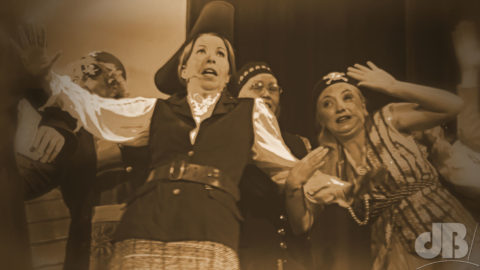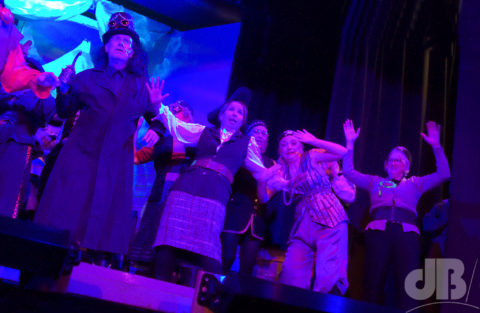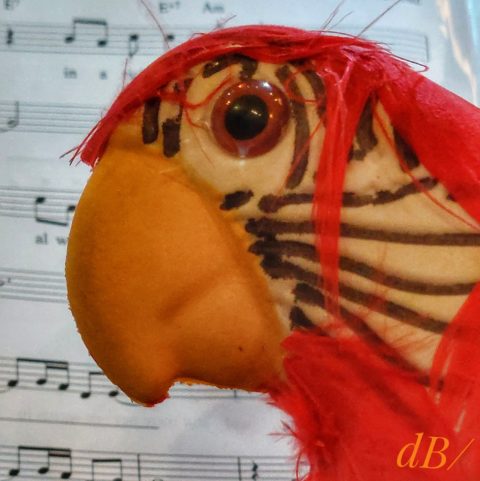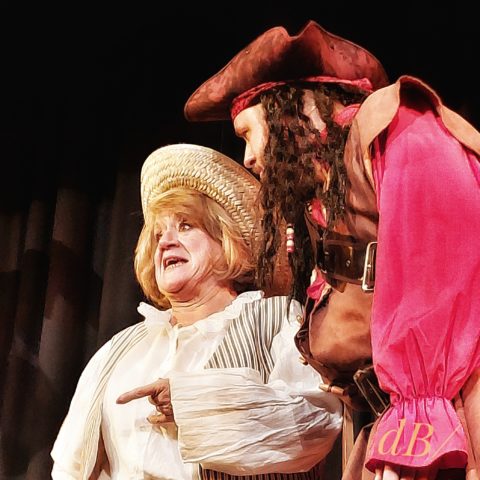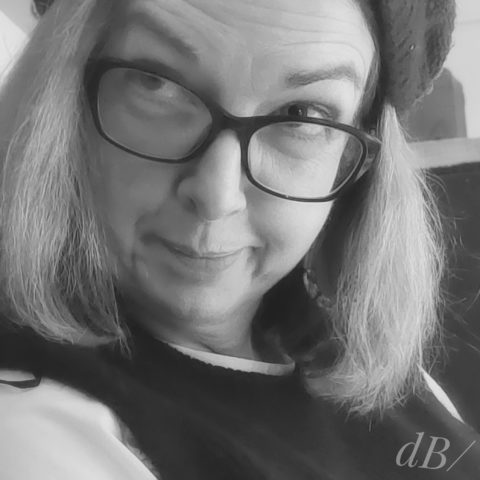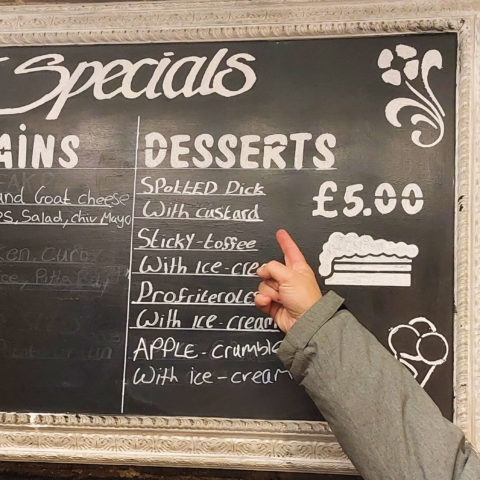TL:DR – At the time of writing, people around the world were trying to cope with the COVID-19 pandemic and getting to grips with Greek letters.
UPDATE: By the way, it’s pronounced “Oh-me-cron” with the emphasis on the “Oh”, it’s not Ommy-Cron or any other variant on that theme. And, this isn’t just me making some random pronouncement, that’s how it was taught throughout science, classicists might beg to differ with their “oh-My-cron”, but that’s the Ancient Greek way, not the scientific way. More to the point, Oxford’s Professor Aris Katzourakis, an expert in SARS-CoV-2 and a Greek speaker, by virtue of his Greek parents had this to say in the Telegraph recently: “English speakers should aim for oh-me-cron, with the emphasis on the o.”
By now, we’ve all heard the phrase “variant of concern” referring to a new form of the coronavirus that causes COVID-19. Technically, these variants have mutations that alter how well the severe acute respiratory syndrome coronavirus 2 (SARS-CoV-2) virus infects our cells. If the new form of the virus is of concern it is usually because the mutations in the spike protein on the surface of the virus are likely to make it more infectious, faster spreading and/or to worse symptoms or lead to more deaths.
The national and international health organisations assess new variants of which there are known to be hundreds of thousands, if not millions, on the basis of whether they show increased transmissibility, increased morbidity, increased mortality, increased risk of “long COVID”, ability to evade detection by diagnostic tests, decreased susceptibility to antiviral drugs, decreased susceptibility to neutralizing antibodies, ability to cause reinfections, ability to infect people who have been vaccinated, increased risk of multisystem inflammatory syndrome and long-haul COVID, increased impact on particular demographic or clinical groups.
The new variants were initially referred to by the name of the place where they were first identified, although each was given a technical name too to represent their genetic lineage. However, those scientific names, for example, B.1.1.529, are not particularly media friendly nor memorable to non-experts. As such, in May 2021, the World Health Organisation decided that variants of concern would be given a shorthand name using a letter of the Greek alphabet.
Readers will by now be fairly familiar with the first few letters of the Greek alphabet, if they weren’t already as we have already seen the following variants of concern, which used the first four letters of the Greek alphabet:
Alpha – B.1.1.7 (first identified in the UK)
Beta – B.1.351 (South Africa)
Gamma – P.1 (Brazil)
Delta – B.1.617.2 (India)
The current variant of concern that is spreading around the world is Omicron – B.1.1.529 (first identified by scientists in South African).
I’ve been asked several times by people who have some familiarity with the Greek alphabet as to why the WHO made a leap from Delta to Omicron. Well, there wasn’t a “leap” as such, there were variants that were labelled with some of the intermediate letters that didn’t turn out to be as problematic as anticipated and were not highlighted in the mainstream media. So, we did have the following variants: Epsilon (lineages B.1.429, B.1.427, CAL.20C), Zeta (P.2), Eta (B.1.525), Theta (P.3), Iota, (B.1.526), Kappa (B.1.617.1). Lambda (C.37), and Mu (B.1.621)
Nu and Xi have been skipped deliberately, the former because English speakers may pronounce it like the word “new” (it’s actually pronounced “nih” or “nee” and Xi because it resembles a common surname).
The next variant would likely be Pi, although that is a rather familiar symbol to many people and so they may well skip that one too. The last letter of the Greek alphabet is Omega (“big O” compare that to Omicron “little o”.
But, let us hope that we stifle this virus long before we run out of Greek letters…

